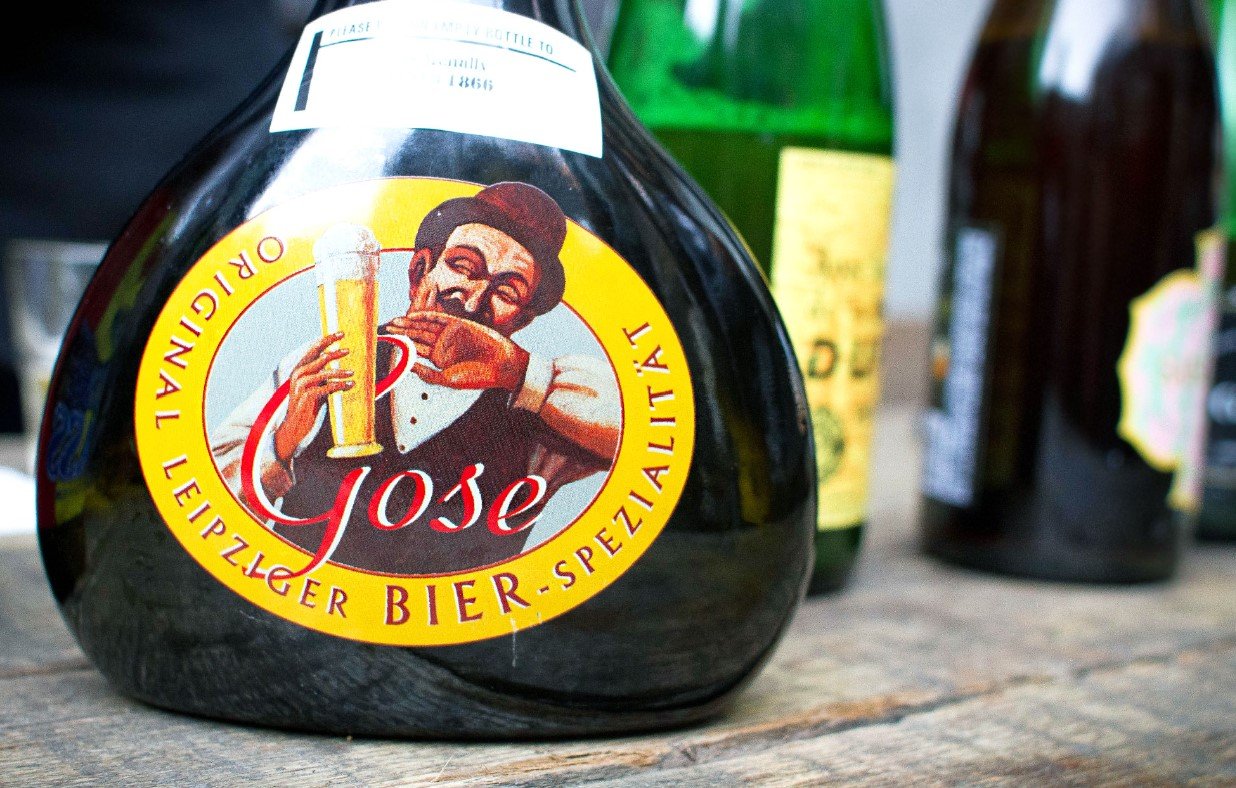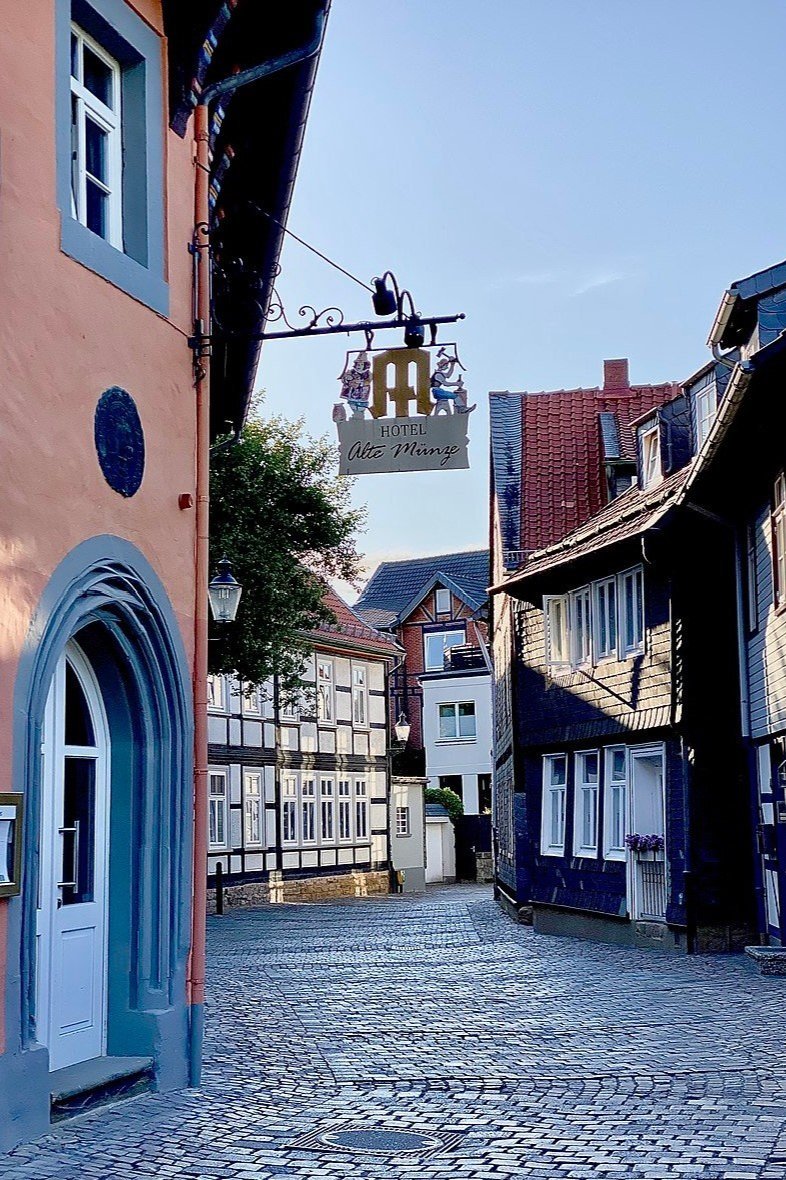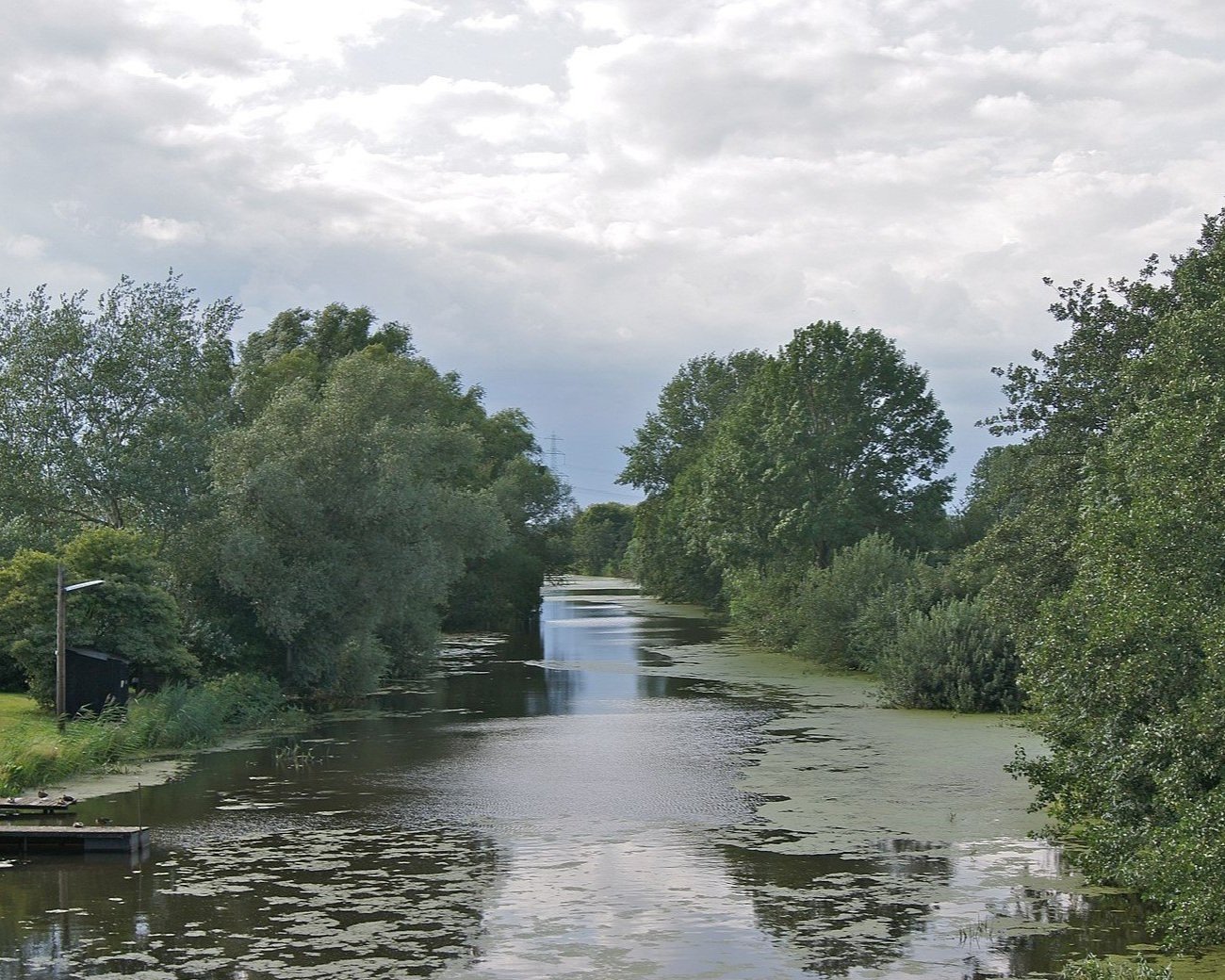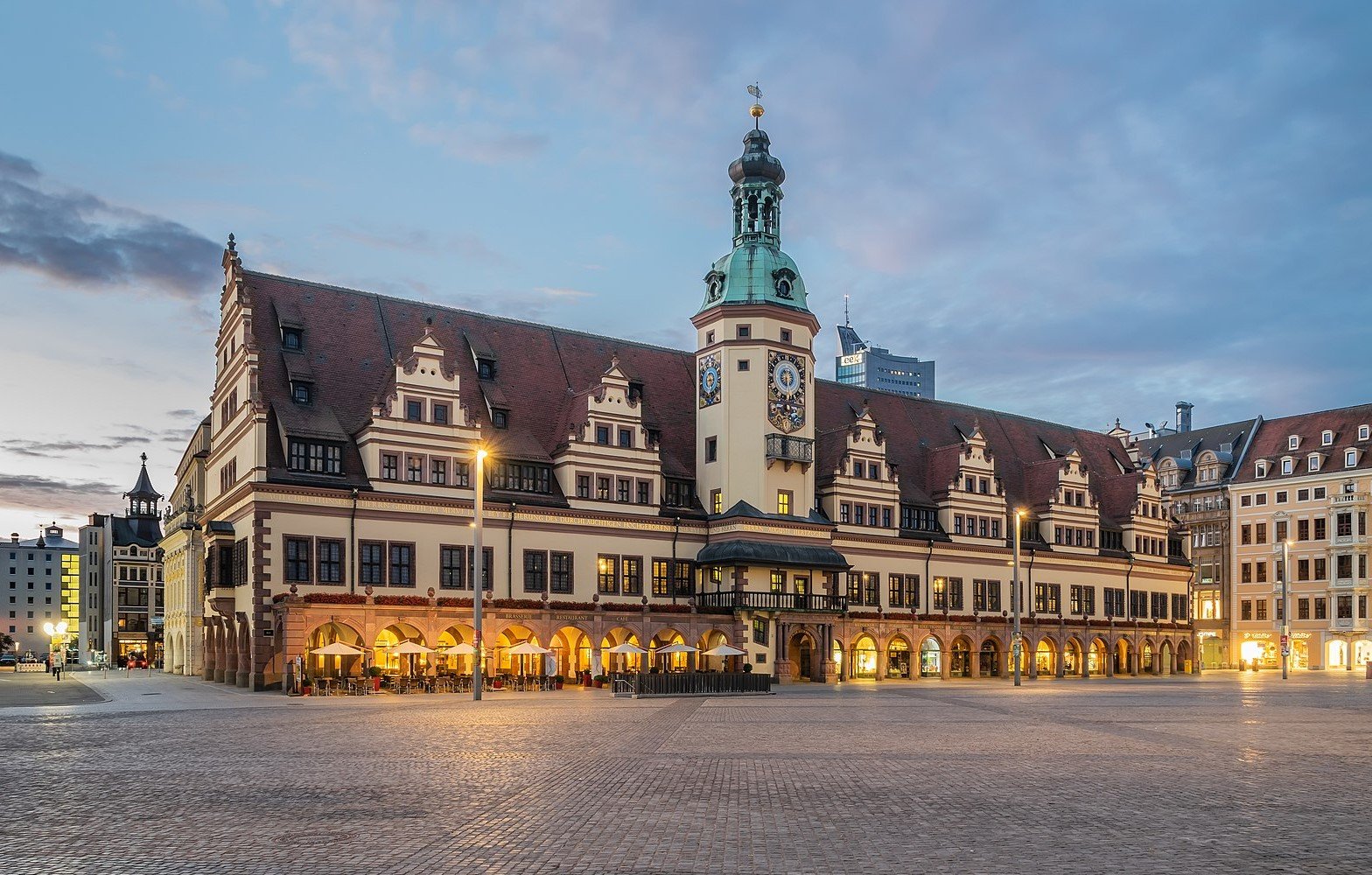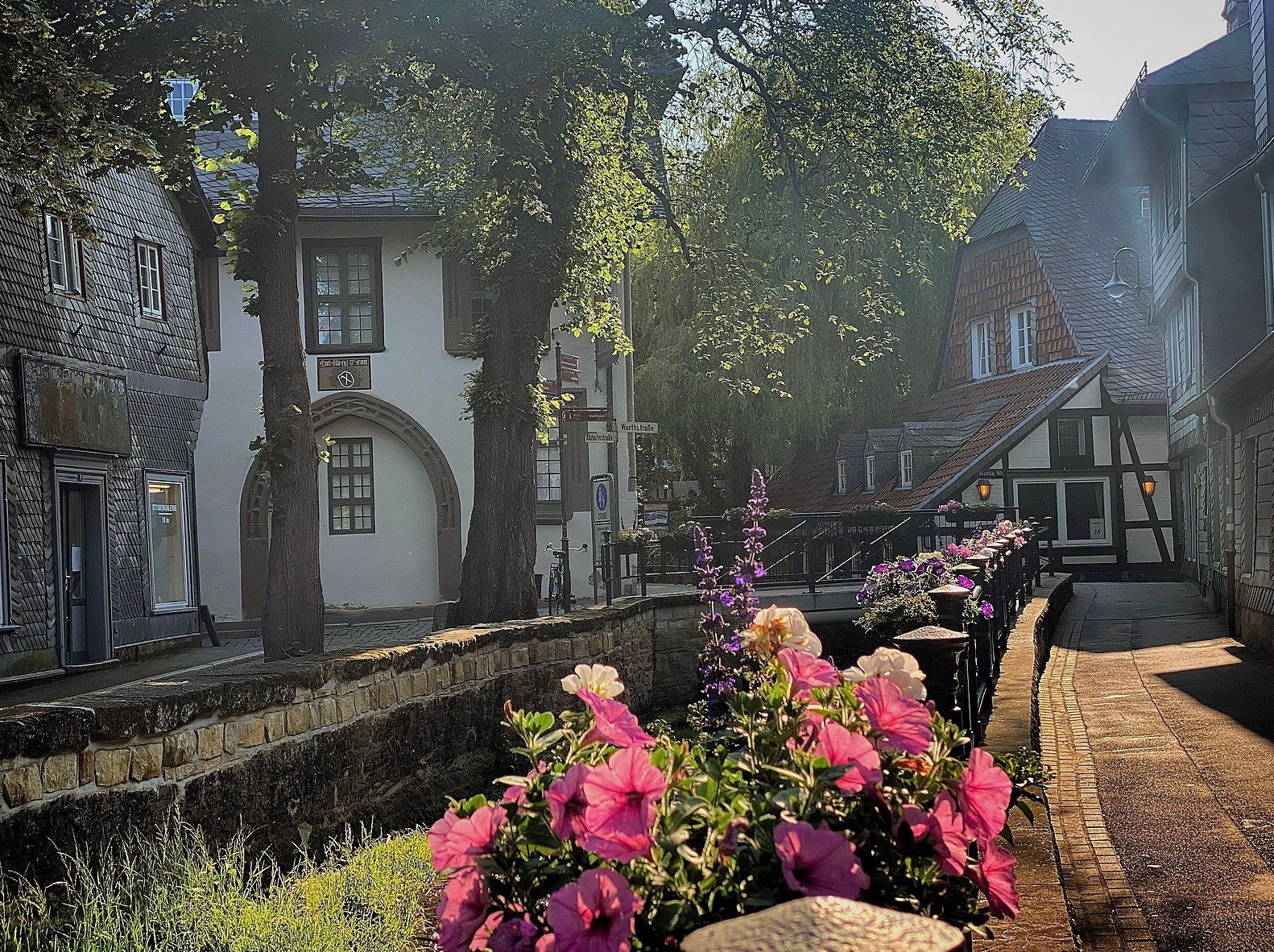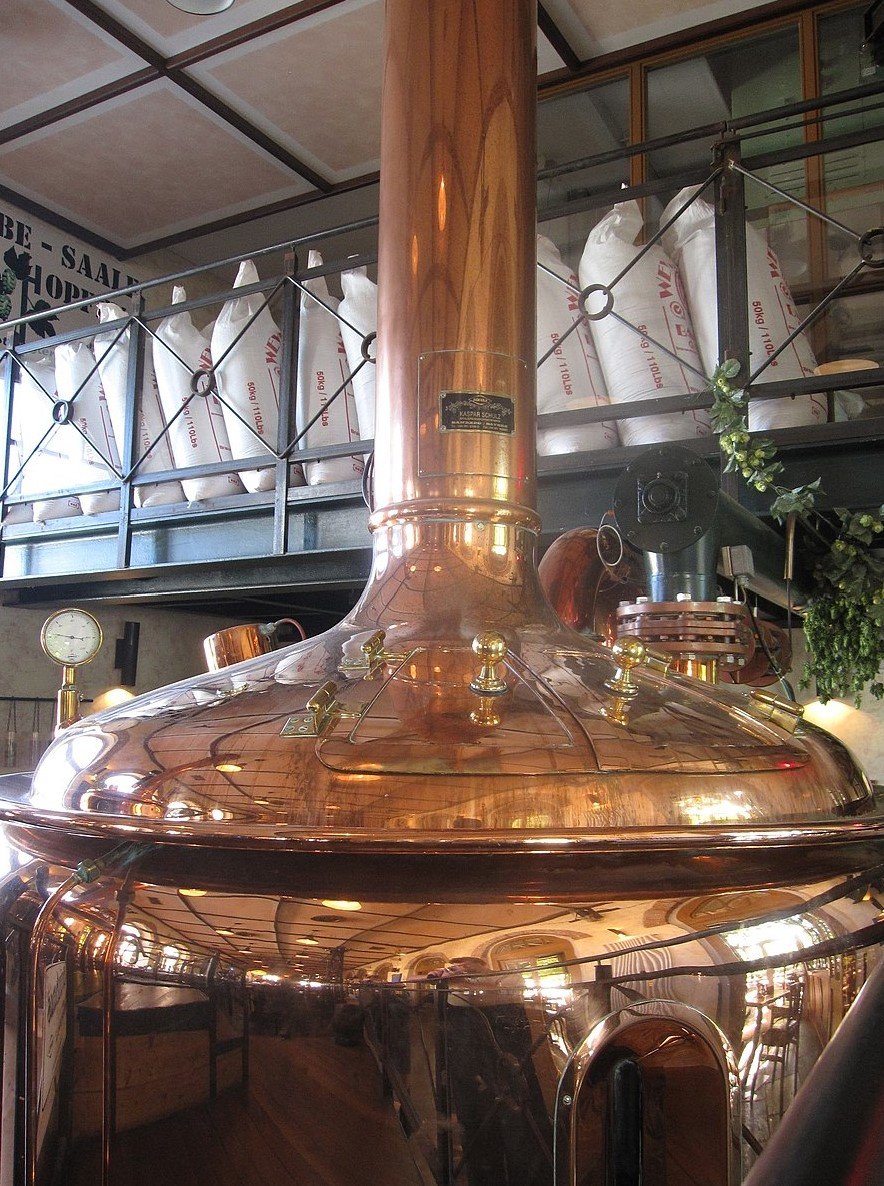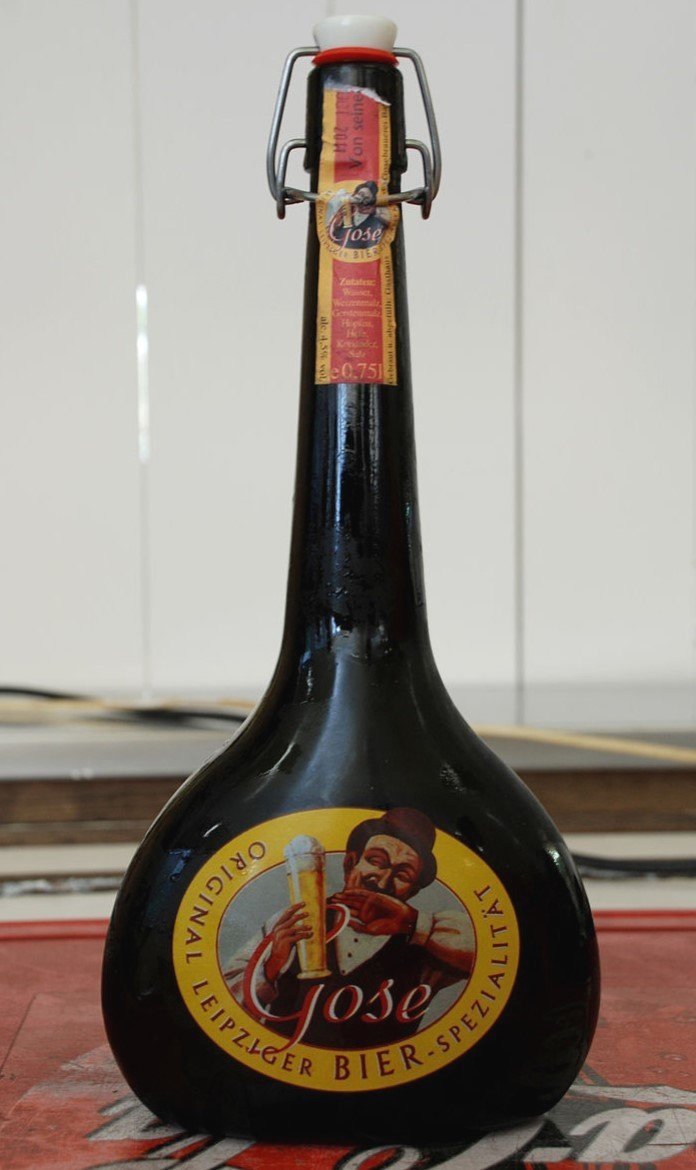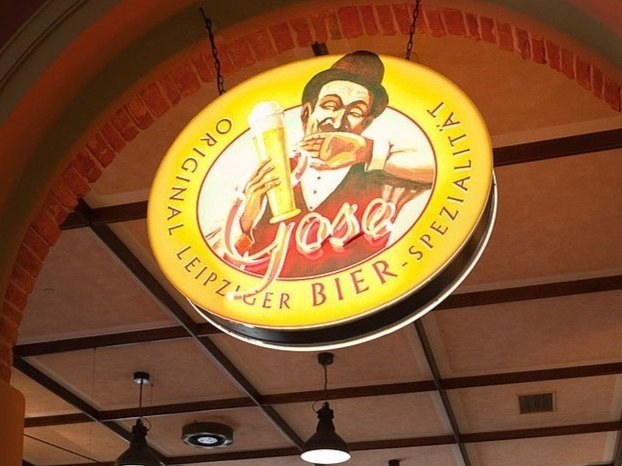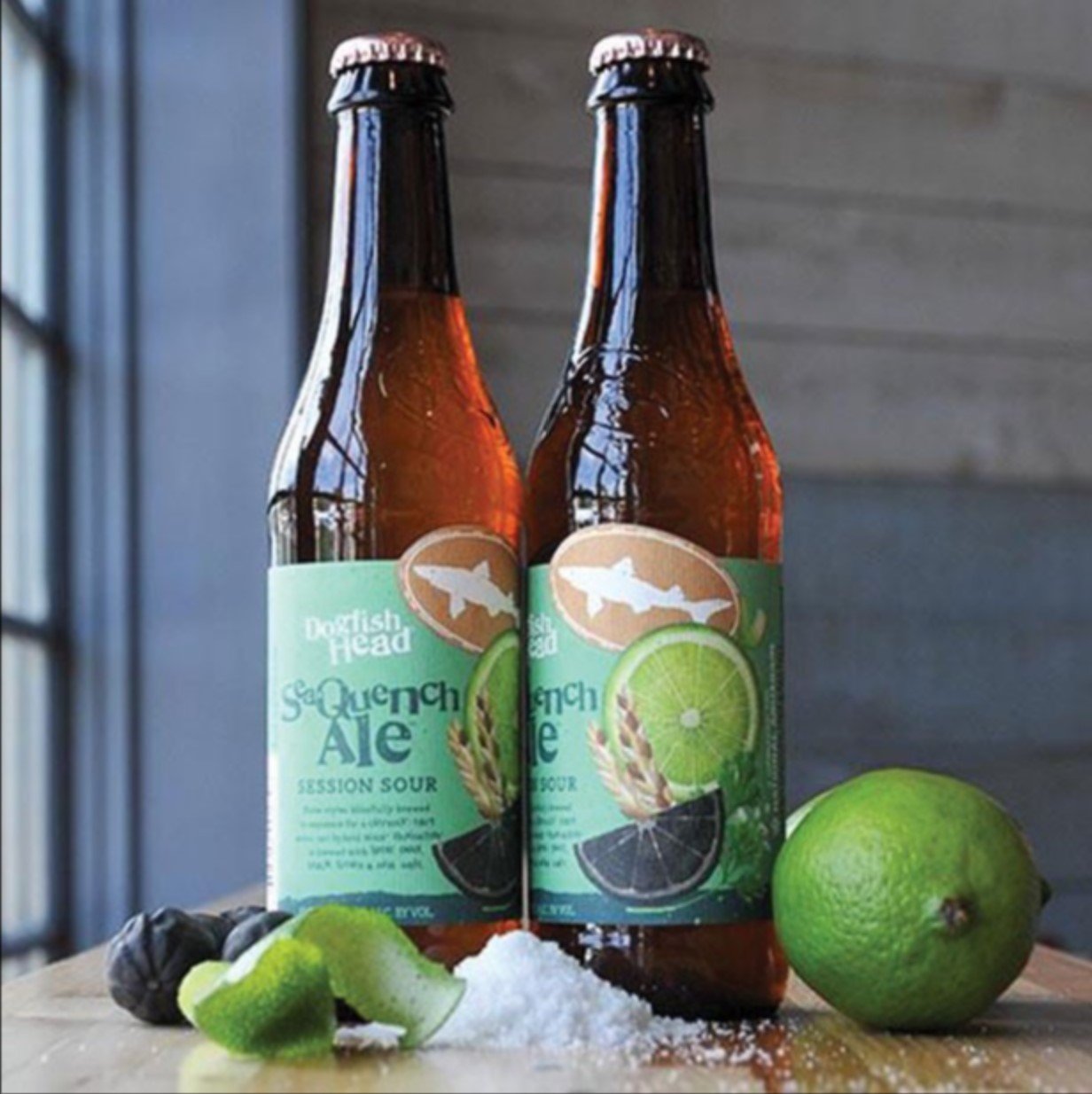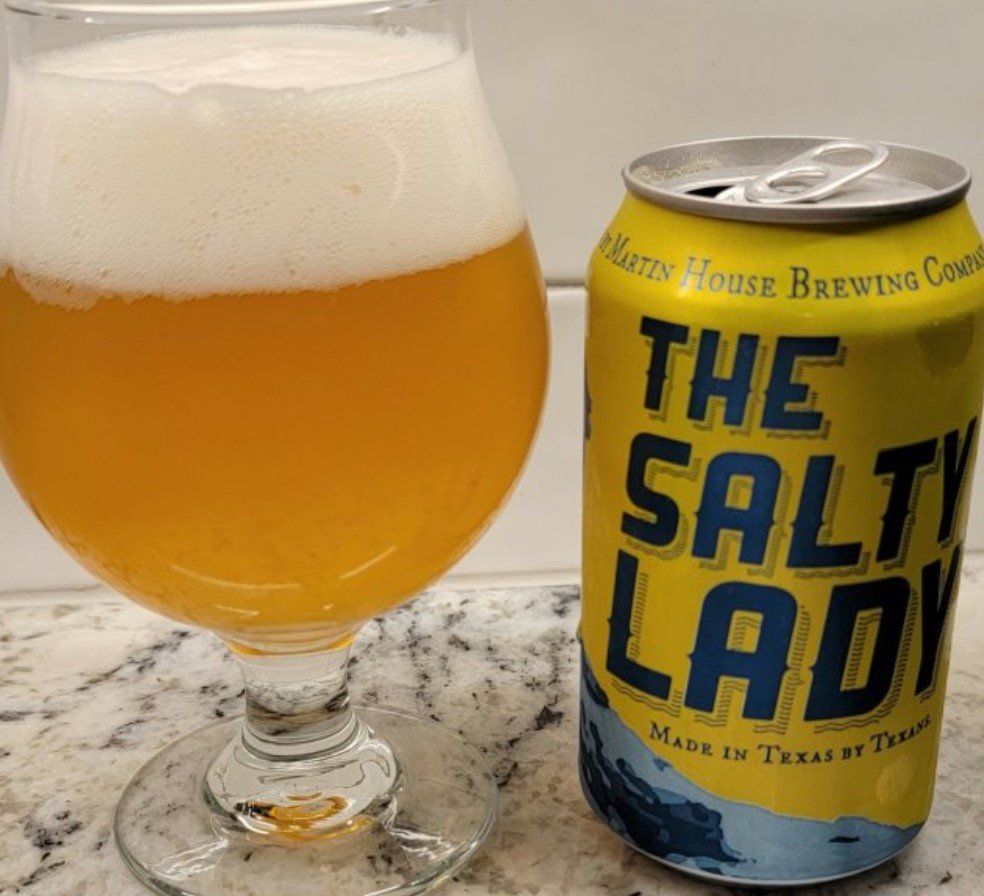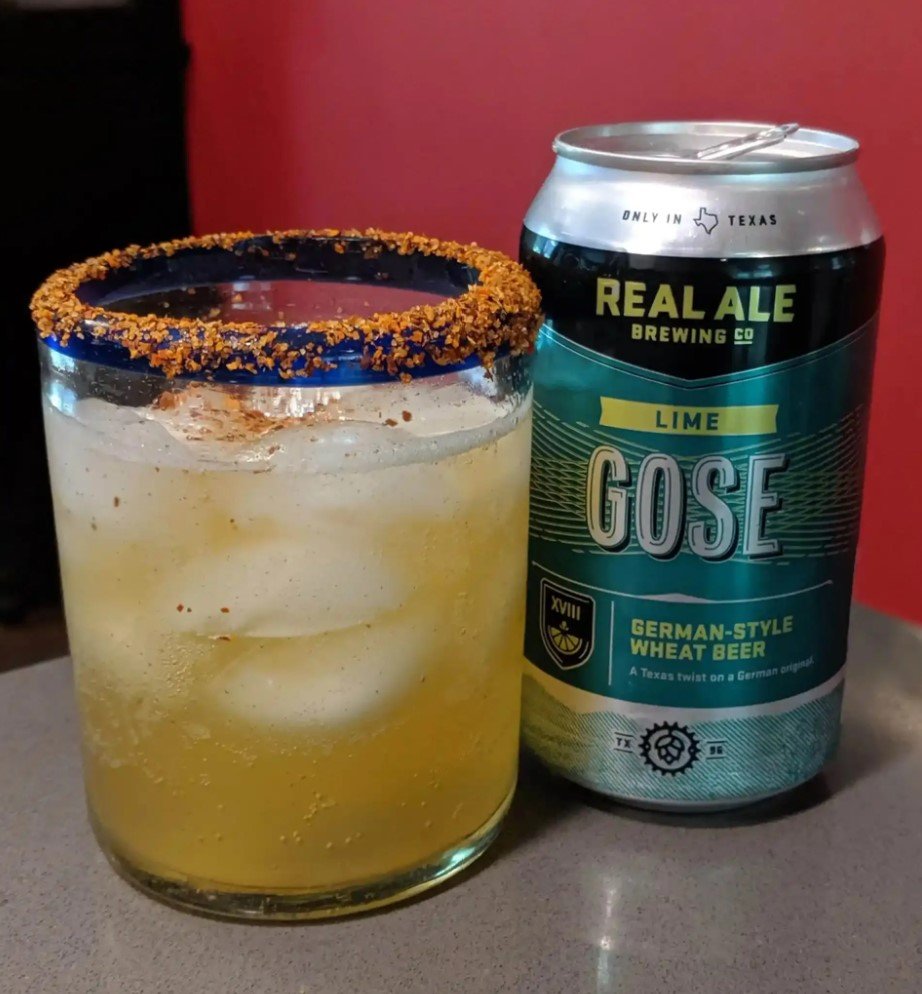What Gose ‘Round, Comes Around
Gose (pronounced GOHZ-uh)
With the rise in the popularity of sour beers, you may see the style Gose on more of your taps and beer shelves. So in honor of International Happy Gose Day we ask,
“What Gose into making this beer anyway?”
Gose is a traditional German sour wheat ale that is very light and refreshing. What makes it different from its very similar cousin, the Berliner Weiss, is the addition of salt and coriander. The addition of salt actually enhances the perception of sweetness and brings out lemony notes of acidity in the beer, similar to adding a salt rim to a margarita.
But for the original versions of this beer, the salt addition was not intentional.
Developed in the town of Goslar (hence the name, Gose), the natural light salinity came from the local water source, the Gose River. The beer was also “spontaneously” fermented with no yeast directly added to the wort, just whatever ambient yeast and bacteria were floating around. While first brewed around 1000 CE, it never really took off outside of Goslar until the mid-1700’s, when brewers found a larger market in nearby Leipzig. By the early 1800s, Leipzig had over 80 Gose taverns.
How is it stored?
Gose was not served on draught either. Instead, it was served from bulbous bottles with a long skinny neck. The beer was still fermenting in wooden barrels when delivered to taverns but was placed into these bottles where the resultant krausen created a cork-like plug in the neck, effectively sealing it. This created a very effervescent beer that could, at times, almost be explosive.
Despite its local popularity, it was mostly just a regional phenomenon and the style practically died out from the aftereffects of World War II and the continuing rise of the popularity of Lager.
During the 1990’s, the style was revived by two homebrewers-turned-professionals who turned a Leipzig train station into what is now Bayerischer Bahnhof Brewery, which is still in production today and making other styles outside of Gose as well.
In the United States, Gose tends to get lumped in with other simple-to-make sour beers (like Berliner Weiss) and is usually much more tart than traditional versions as well as sometimes containing various levels of fruit. Brewing methods today do not rely on naturally salty water but achieve the same flavor profile with mineral additions during the boiling process. Most breweries also use direct addition kettle souring methods instead of spontaneous fermentation for the tangy lactic acidity in the beer.
The most common nation-wide Gose is likely Dogfish Head’s SeaQuench Ale that is a 4.9% abv Gose made with Black Limes and Sea Salt. Local versions include Real Ale Gose (seasonal) and Martin House Salty Lady (year-round). Most of these beers are sold and served in draft or cans, and I am unaware of anyone stateside serving them in the traditional krausen-sealed bottles.
Don’t tap out, try something new!
So, if you see this style around the next time you plunk down at your favorite craft beer bar or brewery, or are browsing the shelves at your local bottle shop, give it a try. It also makes for a great session low-abv beer, great for the pool or even a round of golf.
Check out our blog post for all other types of sour beer:
https://www.funkypicnicbrewery.com/blog/dont-be-bitter-have-a-sour-beer
Collin Zreet
Collin is a native Texan and is a founding member and co-owner of Funky Picnic Brewery and Café. He is a Certified Cicerone and Certified BJCP Beer Judge, specializing in beer and food pairings. When he is not thinking about beer, he enjoys spending time with his wife, Taylor, son, Alder, and dog, Rocco.

